Why Do UK Cities Bake During Heatwaves? A Look At Urban Temperatures
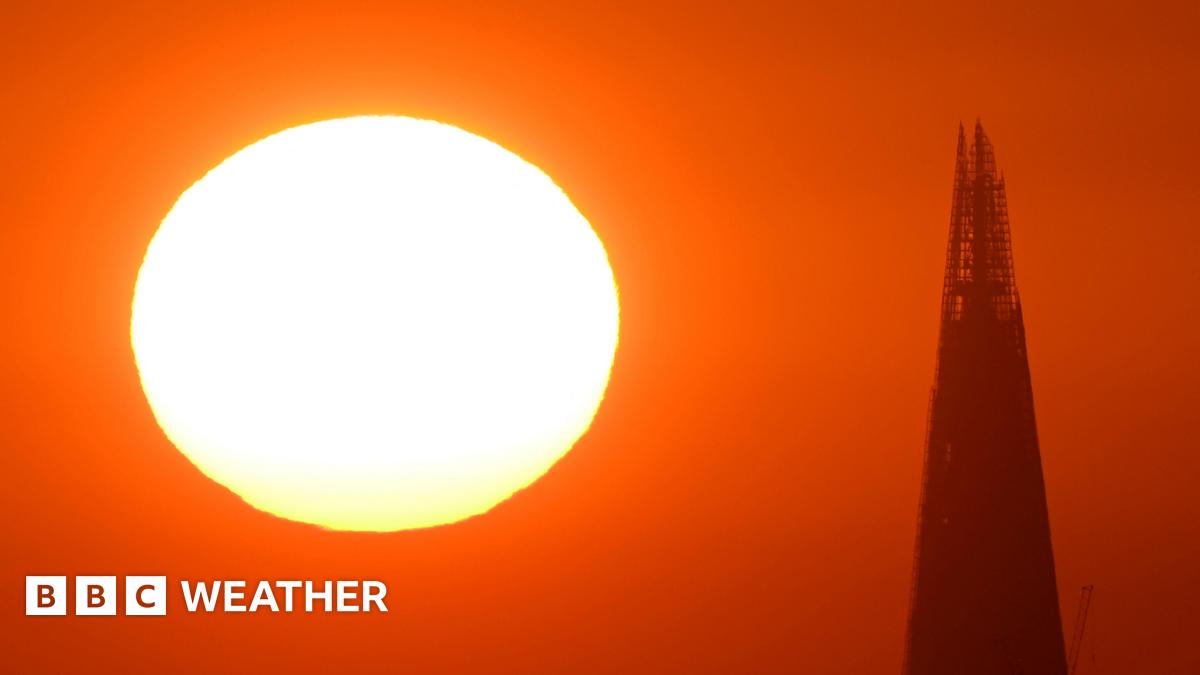
Welcome to your ultimate source for breaking news, trending updates, and in-depth stories from around the world. Whether it's politics, technology, entertainment, sports, or lifestyle, we bring you real-time updates that keep you informed and ahead of the curve.
Our team works tirelessly to ensure you never miss a moment. From the latest developments in global events to the most talked-about topics on social media, our news platform is designed to deliver accurate and timely information, all in one place.
Stay in the know and join thousands of readers who trust us for reliable, up-to-date content. Explore our expertly curated articles and dive deeper into the stories that matter to you. Visit Best Website now and be part of the conversation. Don't miss out on the headlines that shape our world!
Table of Contents
Why Do UK Cities Bake During Heatwaves? A Look at Urban Temperatures
The UK, a nation historically associated with drizzle and mild weather, is increasingly experiencing intense heatwaves. But while rural areas might see a rise in temperature, cities often bake at a significantly higher degree. This isn't just a matter of feeling uncomfortably hot; the "urban heat island effect" poses serious health risks and environmental challenges. So, why do UK cities experience such extreme temperatures during heatwaves? Let's delve into the science behind this phenomenon.
The Urban Heat Island Effect: A Concrete Jungle's Fever
The urban heat island effect describes the phenomenon where urban areas are significantly warmer than their surrounding rural areas. This temperature difference can be substantial, sometimes reaching several degrees Celsius, particularly during heatwaves and at night. This isn't just a matter of perception; it's a measurable difference recorded by meteorological stations across the UK.
Several factors contribute to this effect:
-
Materials: Cities are built with materials like concrete, asphalt, and brick, which absorb and retain significantly more heat than natural landscapes like vegetation and soil. These materials radiate heat back into the atmosphere, creating a localized warming effect.
-
Lack of Vegetation: Trees and plants play a crucial role in regulating temperature through evapotranspiration – the process where water is transferred from the land to the atmosphere. Cities, often lacking sufficient green spaces, lose this natural cooling mechanism.
-
Reduced Albedo: Albedo refers to the reflectivity of a surface. Dark surfaces, like asphalt, absorb more solar radiation than lighter, more reflective surfaces like grass or snow. This reduced albedo in cities contributes to higher temperatures.
-
Anthropogenic Heat: Human activities, including industrial processes, transportation, and air conditioning, release significant amounts of heat into the urban environment. This adds to the overall thermal load, exacerbating the heat island effect.
The Impact of Urban Heatwaves on UK Cities
The consequences of this intensified heat in UK cities are far-reaching:
-
Public Health: Extreme heat can lead to heatstroke, respiratory problems, and cardiovascular issues, particularly impacting vulnerable populations like the elderly and those with pre-existing health conditions. [Link to NHS advice on heatwave health risks].
-
Increased Energy Consumption: Higher temperatures necessitate increased use of air conditioning, further contributing to energy consumption and carbon emissions, creating a vicious cycle.
-
Infrastructure Damage: Extreme heat can damage infrastructure, including roads, railways, and buildings, leading to costly repairs and disruptions.
-
Economic Impacts: Heatwaves can disrupt businesses and reduce productivity, leading to economic losses.
Mitigating the Urban Heat Island Effect: Strategies for Cooler Cities
Addressing the urban heat island effect requires a multi-pronged approach:
-
Green Infrastructure: Increasing green spaces, planting trees, and creating green roofs and walls can significantly reduce urban temperatures.
-
Sustainable Building Materials: Utilizing materials with higher albedo and better thermal properties can help buildings stay cooler.
-
Urban Planning: Designing cities with better ventilation and shading can improve air circulation and reduce heat build-up.
-
Improved Public Transport: Reducing reliance on private vehicles can lessen traffic congestion and the associated heat emissions.
The increasing frequency and intensity of heatwaves in the UK necessitate urgent action to mitigate the urban heat island effect. By implementing sustainable urban planning strategies and investing in green infrastructure, UK cities can become more resilient to extreme heat and create healthier, more comfortable environments for their residents. The future of our cities depends on it. What initiatives are you aware of in your local area to combat this issue? Share your thoughts in the comments below.

Thank you for visiting our website, your trusted source for the latest updates and in-depth coverage on Why Do UK Cities Bake During Heatwaves? A Look At Urban Temperatures. We're committed to keeping you informed with timely and accurate information to meet your curiosity and needs.
If you have any questions, suggestions, or feedback, we'd love to hear from you. Your insights are valuable to us and help us improve to serve you better. Feel free to reach out through our contact page.
Don't forget to bookmark our website and check back regularly for the latest headlines and trending topics. See you next time, and thank you for being part of our growing community!
Featured Posts
-
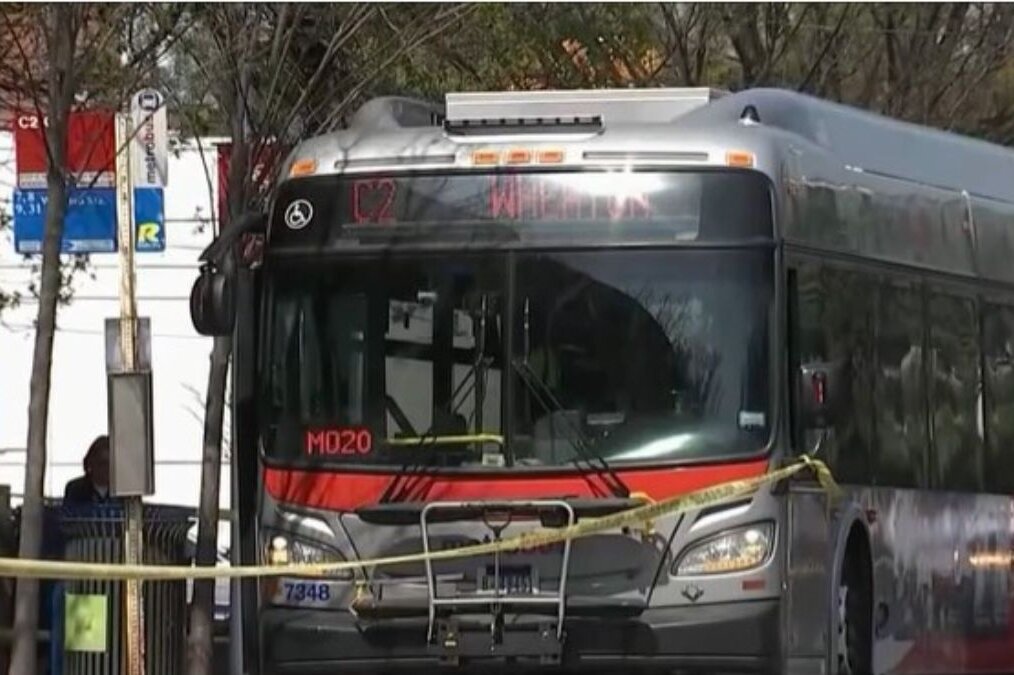 Better Bus Program A Look At Metros Half Century Transformation
Jul 01, 2025
Better Bus Program A Look At Metros Half Century Transformation
Jul 01, 2025 -
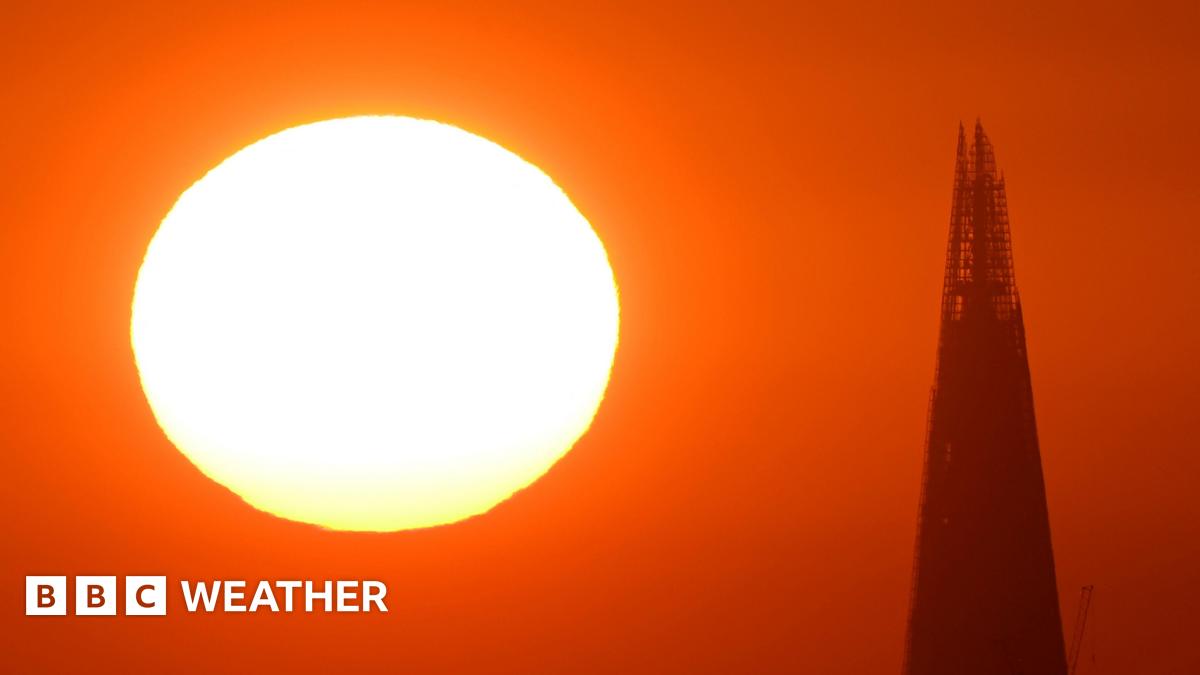 Why Do Uk Cities Bake Exploring The Causes Of Urban Heatwaves
Jul 01, 2025
Why Do Uk Cities Bake Exploring The Causes Of Urban Heatwaves
Jul 01, 2025 -
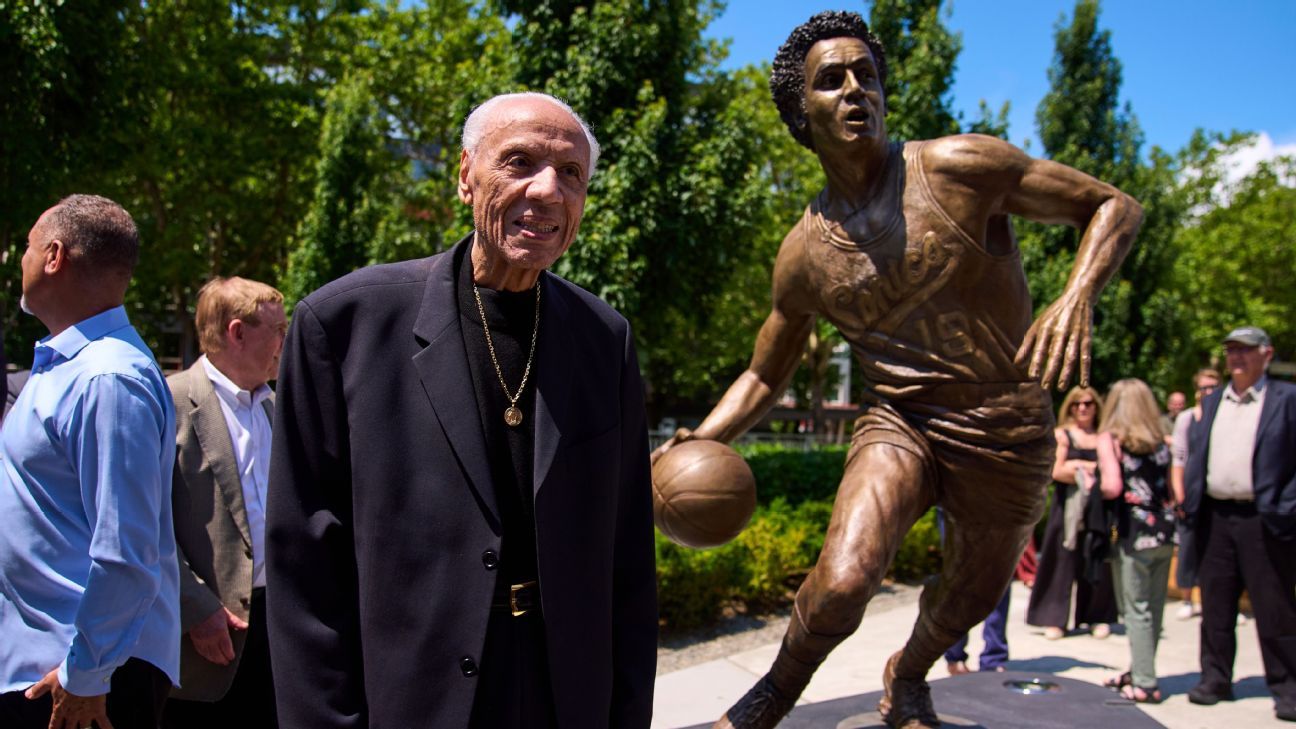 Seattle Honors Lenny Wilkens With Climate Pledge Arena Statue
Jul 01, 2025
Seattle Honors Lenny Wilkens With Climate Pledge Arena Statue
Jul 01, 2025 -
 Saudi Arabia Upsets Mexico Gold Cup Quarterfinal Analysis
Jul 01, 2025
Saudi Arabia Upsets Mexico Gold Cup Quarterfinal Analysis
Jul 01, 2025 -
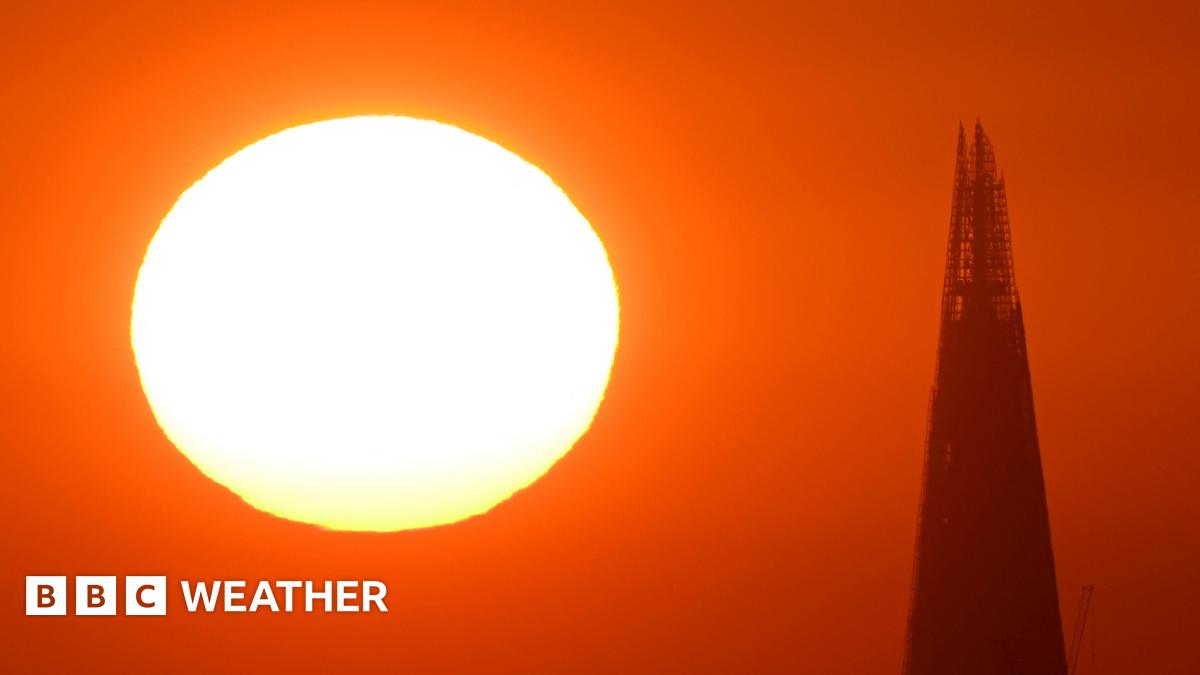 Combating The Heat How Uk Cities Can Adapt To Heatwaves
Jul 01, 2025
Combating The Heat How Uk Cities Can Adapt To Heatwaves
Jul 01, 2025
Latest Posts
-
 Financial Issues And Gambling Allegations Surround Nbas Michael Beasley
Jul 03, 2025
Financial Issues And Gambling Allegations Surround Nbas Michael Beasley
Jul 03, 2025 -
 Darren Waller Unretires Dolphins Acquire Tight End In Trade
Jul 03, 2025
Darren Waller Unretires Dolphins Acquire Tight End In Trade
Jul 03, 2025 -
 Darren Waller Unretires Traded To Miami Dolphins Nfl Trade Details
Jul 03, 2025
Darren Waller Unretires Traded To Miami Dolphins Nfl Trade Details
Jul 03, 2025 -
 Damian Lillard Waived Myles Turner Signed Full Bucks Free Agency Update
Jul 03, 2025
Damian Lillard Waived Myles Turner Signed Full Bucks Free Agency Update
Jul 03, 2025 -
 Commissioners Cup Final Fever Star Clark Sidelined
Jul 03, 2025
Commissioners Cup Final Fever Star Clark Sidelined
Jul 03, 2025
